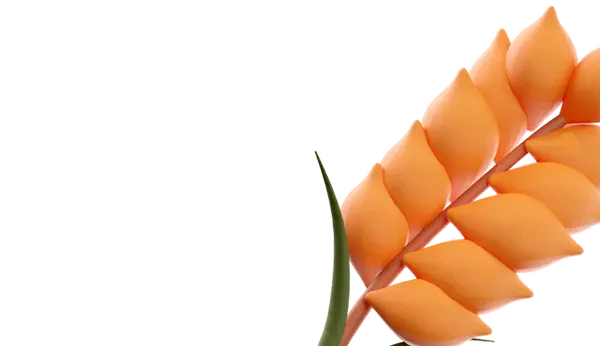At the end of August, 32 thousand hectares of potatoes were harvested from the total area of 282 thousand hectares intended for commercial potato harvesting, as reported by the Potato Union. This represents 11% of the planned areas and is 4 thousand hectares more than last year. Alexey Krasilnikov, the executive director of the Union, shared this information in an interview with Agroinvestor.
By August 26, the potato harvest reached 932 thousand tons, which is almost 140 thousand tons more than the previous year. The average yield in the country was 26 tons per hectare, 6 tons more than in 2023.
Currently, Astrakhan region remains the leader in potato harvesting with 260 thousand tons, but Bryansk region, the main potato producer in Russia, is approaching this result with 136 thousand tons, 60 thousand tons more than the previous year.
Bryansk region also faced some difficulties due to complex weather conditions. At the end of August, the region experienced abundant rainfall, leading to a slight decrease in yield compared to the previous year. Nevertheless, Krasilnikov added that 12% of the planned areas were still harvested.
In general, the mass potato harvesting process has already begun in the Central region. In addition to the two leaders, the top 5 regions for potato harvesting also include Krasnodar Krai, Tula region, and Stavropol Krai. However, Kursk and Belgorod regions lag behind in harvesting pace by 6% and 5% respectively. Krasilnikov hopes that potato growers in these regions will be able to harvest what they planted.
The weather in the Volga region favors potato harvesting, therefore a good harvest is expected in this region. However, in some regions of Siberia, potato cultivation has faced difficulties due to heavy rainfall, preventing potato growers from starting harvesting for two weeks, according to the executive director of the Potato Union.
According to the Ministry of Agriculture, there are no expected changes in the potato harvest forecast. The forecast suggests that around 7.3 million tons of potatoes will be harvested in the commercial sector this year. However, according to the Potato Union, some farms engaged in industrial potato processing (chips and fries) note that the tubers are quite small, which may lead to a shortage of the calibers required by retail chains.
One of the problems potato growers face this year is the increase in labor costs. This is due to a labor shortage of over 200 thousand specialists in the agricultural sector, as reported by Krasilnikov. In addition, potato growers are also facing issues with the availability of loans in commercial banks, negatively impacting the update of machinery and equipment, construction of warehouses for storing potatoes and vegetables, as well as investments in processing development.
Krasilnikov also shares information that some potato-growing farms that grow potatoes for industrial processing are experiencing difficulties in securing seed material. Only 295 thousand tons of seed material was imported from EU countries this year, instead of the usual 11-12 thousand tons. Thus, there is a risk of a decline in the quality of planting material and, consequently, raw materials for industrial processing in the coming years.

 Trading platform
Trading platform 
 Monitoring
Monitoring  Express applications
Express applications 
 Fork Work
Fork Work 
 Service
Service  News
News  Directory
Directory 













